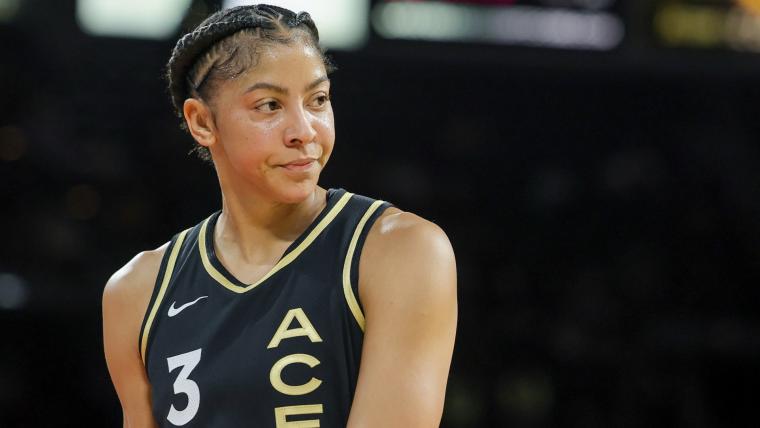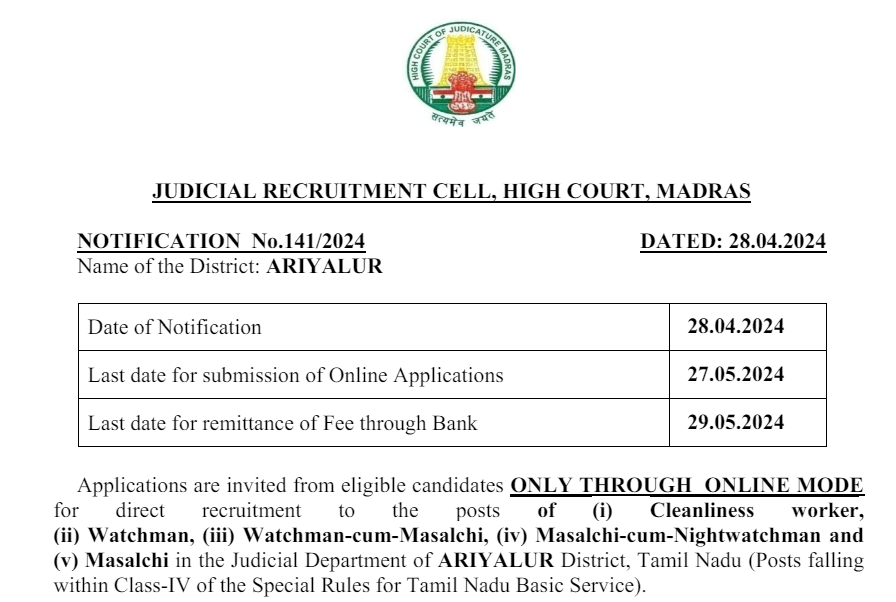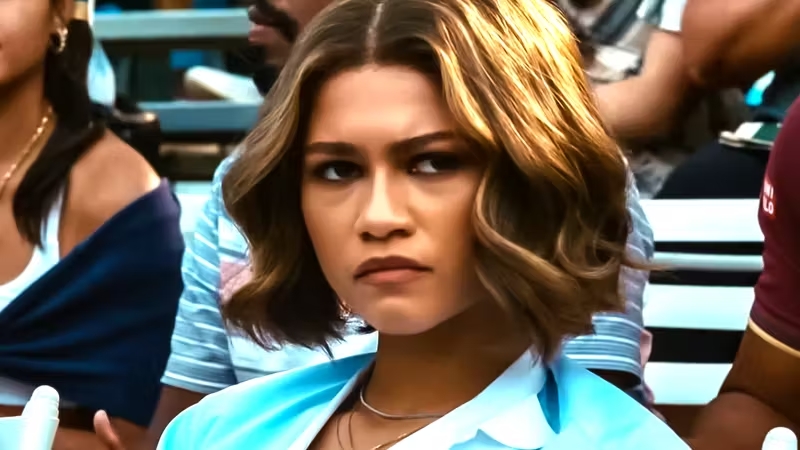BSNL TTA Applied Physics MCQ

Category –BSNL Online Test
Telegram-Join Us On Telegram
Attempt Free BSNL TTA Applied Physics MCQ Here. Read The Important BSNL MCQ From Below.
1) In which lens are light rays brought to focal point?
a. Converging lens
b. Diverging lens
c. Both lenses
d. None of lenses
Ans. a
2) Which one of following is a true statement about reflection?
a. Incident ray, reflective ray and normal lies at a different point
b. Angle of incidence is not equal to angle of reflection
c. Point on which ray touches mirror is called critical point
d. Angle of reflection is equal to angle of incidence
Ans. d
3) A piece of glass with curved surface is termed a
a. Biconcave mirror
b. Blind mirror
c. Lens
d. Mirror
Ans. c
BSNL TTA Applied Physics MCQ
4) When angle of incidence in denser medium is greater than critical angle, will total internal reflection take place or not?
a. It will
b. It won’t take place
c. May take place
d. It is a property of total external angle
Ans. a
5) Light travels at a speed of (in vacuum)
a. 3.0 x 107 m s-1
b. 30 x 108 m s-1
c. 3.0 x 10-8 m s-1
d. 3.0 x 108 m s-1
Ans. d
6) Power of a lens is 2D, it’s focal length is
a. -0.5 m
b. 50 cm
c. 150 cm
d. 50m
Ans. b
7) Normal, incident ray and reflective ray lie at a same point in
a. Reflection only
b. Refraction only
c. Reflection and refraction both
d. None of them
Ans. c
BSNL TTA Applied Physics MCQ
8) Lateral displacement is directly proportional to:
a. Angle of incidence
b. angle of refraction
c. Thickness of the slab
d. Velocity of light
Ans. c
9) Angle of incidence in optically denser medium for which angle of refraction in less dense medium is 90° is termed as
a. Normal angle
b. Covalent angle
c. Critical angle
d. Internal angle
Ans. c
10) Image formed by a projector would be
a. Inverted, real, diminished
b. Virtual, upright, diminished
c. Virtual, upright, magnified
d. Real, inverted, magnified
Ans. d
BSNL TTA Applied Physics MCQ
11) Which one of ratios are equal to constant (in refraction)
a. Sin r/sin i
b. Sin r (sin i)
c. Sin i/sin r
d. Sin i2/sin r
Ans. c
12) Which one of following gives characteristics of a plane mirror?
a. Upright, virtual, inverted, diminished
b. Same size, upright, inverted, virtual
c. Inverted, same size, real, upright
d. Inverted, magnified, virtual, upright
Ans. b
13) Angle of incidence is equal to angle of reflection is a
a. True law of reflection
b. False law of reflection
c. Neutral law of reflection
d. Imaginary angle
Ans. a
BSNL TTA Applied Physics MCQ
14) Difference in speed of light in air and in denser medium is termed as
a. Reflective index
b. Refractive index
c. Transactional index
d. Density index
Ans. b
15) Straight line in which light travels is called
a. Wave
b. Ray
c. Path
d. Light perimeter
Ans. b
16) Image that is created in plane mirror is virtual’ is a true statement of plane mirror image
a. Right
b. Wrong
c. May be right or may be wrong
d. Neither right nor wrong
Ans. a
17) The splitting of light into its component colours is called
a. Refraction
b. Spectrum
c. Desperation
d. Diffraction
Ans. c
18) Bend of light rays or image in denser medium is termed as
a. Reflection
b. Opacation
c. Refraction
d. Transpiration
Ans. c
BSNL TTA Applied Physics MCQ
19) A drop of water appears like pearl due to
a. Refraction
b. None
c. Reflection
d. Total internal reflection
Ans. d
20) Light can travel in
a. Air only
b. Vacuum only
c. Both air and vacuum
d. None of mediums
Ans. c
21) Total internal reflection occurs when
a. Light passes from a denser to a lighter medium
b. Light comes into air from vacuum
c. Light goes to vacuum from air
d. Light passes from more denser to less denser medium
Ans. d
BSNL TTA Applied Physics MCQ
22) In symbols, formula to calculate refractive index is
a. N = c/v
b. Rn = l/m
c. I = v/l
d. N = v/m
Ans. a
23) A stick in water appears broken due to
a. Reflection of light
b. Refraction of light
c. Total internal reflection
d. NONE
Ans. b
24) A horizontal line which passes through cortical center of lens is termed as
a. Middle axis
b. Horizontal axis
c. Principal axis
d. Imaginary diameter
Ans. c
25) Objects that produce their own light are called
a. Luminous objects
b. Non-luminous objects
c. Transparent objects
d. Opaque objects
Ans. a
BSNL TTA Applied Physics MCQ














